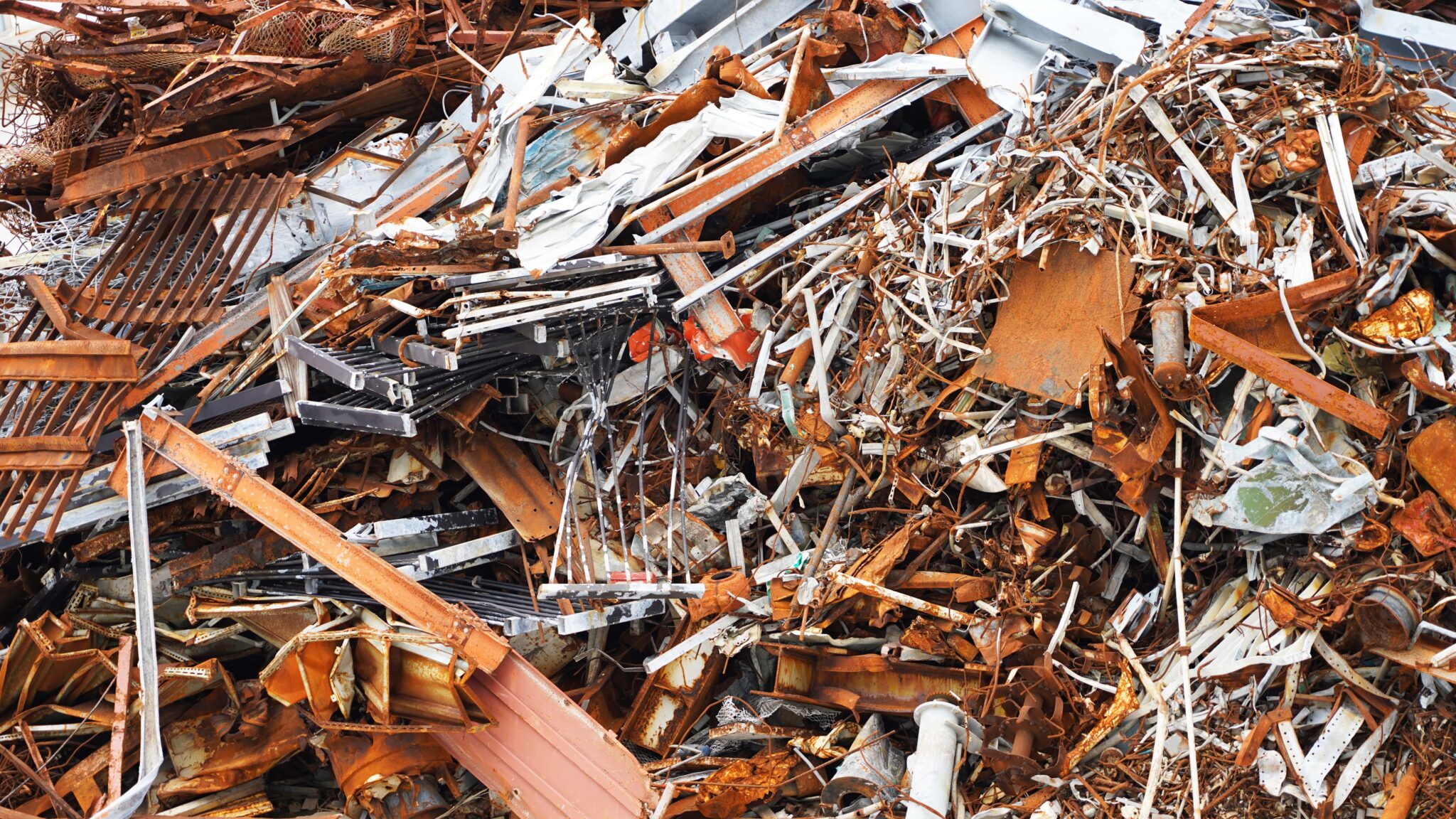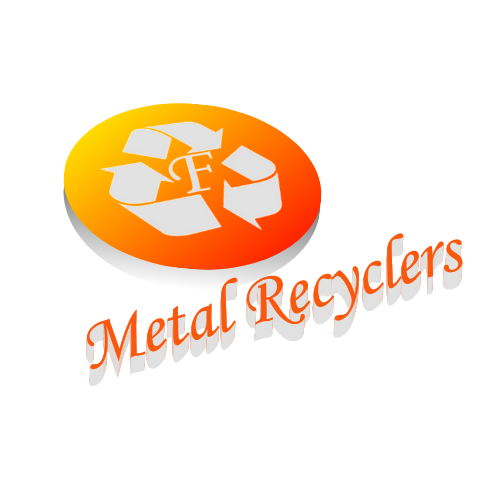Aluminum
Aluminum: The Lightweight Metal Powering Our World
Aluminum is one of the most versatile and widely used metals in the modern world. From the soda can in your hand to the wings of an airplane, this lightweight, durable, and corrosion-resistant metal plays a crucial role in countless industries and daily life. Despite being the third most abundant element in the Earth’s crust, aluminum only became commercially viable in the late 19th century. Today, it is one of the most recycled and environmentally significant metals, making it a cornerstone of sustainable development.
Get Free Quotation

The Unique Properties of Aluminum
What sets aluminum apart from other metals is its unique combination of properties. It is lightweight — about one-third the weight of steel — which makes it ideal for transportation and packaging. Despite its low density, aluminum is strong, especially when alloyed with other elements like magnesium or silicon. Aluminum also has excellent corrosion resistance. When exposed to air, it forms a thin layer of aluminum oxide that protects the metal beneath from further oxidation. This makes it ideal for outdoor structures and products exposed to moisture or harsh environments. Moreover, aluminum is highly conductive, making it a good alternative to copper in electrical applications, especially when weight is a concern. It's also non-magnetic and non-toxic, which adds to its appeal for use in electronics and food packaging.
The Process of Producing Aluminum
The primary source of aluminum is bauxite ore, which contains about 30–60% aluminum oxide. The extraction process involves two major steps: the Bayer process and the Hall-Héroult process. In the Bayer process, bauxite is refined into alumina (aluminum oxide). Then, through the Hall-Héroult process, the alumina is subjected to electrolysis, where it's separated into pure aluminum metal and oxygen using an electric current. This process is energy-intensive, often requiring large amounts of electricity. In fact, producing new aluminum from raw ore uses about 95% more energy than recycling aluminum — which brings us to one of aluminum’s most important characteristics: its recyclability.


Aluminum Recycling: A Model of Sustainability
Aluminum is 100% recyclable without loss of quality. That means it can be melted down and reused indefinitely. This is why aluminum recycling is a major industry worldwide, and why products like aluminum cans are such a strong symbol of sustainability. Recycling aluminum uses just 5% of the energy required to produce new aluminum from ore, and it generates only 5% of the greenhouse gases. According to the Aluminum Association, nearly 75% of all aluminum ever produced is still in use today — a testament to its longevity and the efficiency of its recycling. Used beverage cans (UBCs) are among the most recycled items on the planet. In some countries, up to 90% of aluminum cans are recycled, and a can that’s recycled today could be back on the shelf as a new can in just 60 days.
What We Import
We specialize in importing non-ferrous metal scrap including Aluminium shredded scrap Zorba, Tense, and Trump,
to serve as raw materials for our use in the production of secondary aluminium alloy ingots.

Aluminium Shredded Scrap Zorba

Aluminium Scrap Tense

Aluminium Scrap Trump

Aluminium Foil with Backing

Aluminium Foil without Backing

Aluminium Shredded Scrap Zorba
What We Do
1
Import
We import non-ferrous metal scrap.
2
Recycling
We recycle various grades of non-ferrous metal scrap.
3
Smelting
We process aluminum to produce different grades of aluminum alloy ingots.
4
Export
We export Secondary Aluminum Ingots as per customer requirement.
